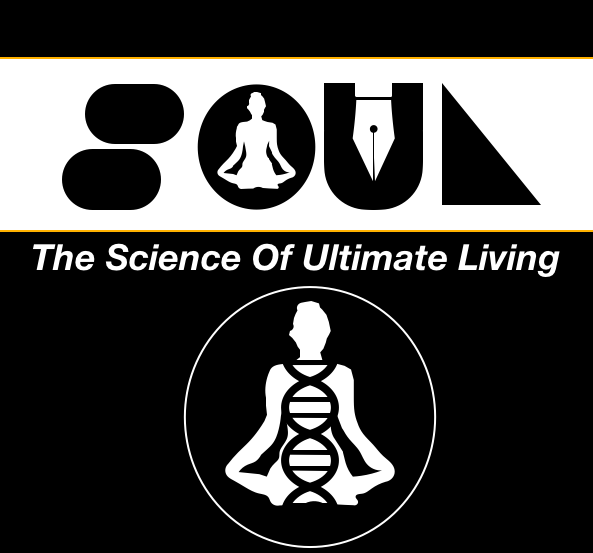We are what we pretend to be, so we must be careful what we pretend to be.
Kurt Vonnegut

How many colours does a rainbow have?
OK, let me make it easier. Here are three options:
1. Three
2. Ten million
3. Infinite
When I ask this in my talks, 80% of the audience is surprised. They are looking for 7, but it is not there.
What is the correct answer? Hold on to that thought. We will come back to it.
In the last post (link below), we saw how our brain simulates reality based on the information carried by our optic nerve. Similarly, hearing, which gave us the ability to create language and make us a super-species, is just a simulation of information from vibrations of our eardrums.
Our brain is trying to simulate a version of reality, based on remote sensing, that is useful enough to keep us alive. That simulation is intertwined with our cultural narratives. Our cultural narratives bias our simulation, and the simulation in turn creates our cultural narrative. It is a feedback loop. These narratives give us our identity and help us make sense of the world.

Our unusually long childhood, and our ability to create and understand complex language, means that our brain gets culturally moulded by our friends and family a lot more deeply than any other species. This creates the cultural narratives that bind us together as a group, but also divide us from others who have different narratives.
No other animals trade food for a piece of paper or kill to protect a piece of cloth we call a flag. We chop trees not for food, but to make paper. Once we print a holy narrative on those papers, there will be people who would kill and die to protect it, and others to burn it. Our narratives kill not just trees but humans too. Narratives help us survive, but can also harm us if we don’t question them.
How do we know that the narratives we build based on the words and actions of people we trust might be wrong? That’s where the rainbow comes in.
We are told from childhood by people who we trust that the rainbow has seven colours, and we believe it without question. But what is the correct answer? More importantly, is there one?
A rainbow contains the entire spectrum of electromagnetic radiation, which is infinite. However, our eyes can only detect three primary colours, except for some rare cases where people can see four. That means we can only perceive a fraction of the rainbow’s beauty. But even with our limited vision, we can still distinguish about 10 million colours based on the combination of our three types of cones. And what about 7? It was a number made up by Newton who believed in the narrative that 7 is a holy number.
So, going back to the question asked in the beginning, there is no single narrative as to how many colours a rainbow has. It depends on how you look at it.
Unlearning the rainbow is about realising that there can be multiple valid narratives depending on perspectives. And sometimes our our narratives might be standing on a slippery slope.
Building a world from narratives is the product of over 3.7 billion years of evolution. It is ingrained in us. We need them.
We all have our narratives. If that contradicts someone, it does not mean they are wrong. But our cultural biases often blind us to the narratives of others, till we force our minds to look deep.
As kids, we believe and fight to defend our childish dogmas: ‘My school is the best’, ‘my daddy is strongest’ …. Many of us find it hard to grow up from that stage.

Growing up is realising that respecting the narrative of others does not diminish our own.
How do we unlearn the rainbow?
It is easy with rainbows because we are not emotionally connected to it. Accepting that rainbow does not have seven colours does not cause an identity crisis. But if it can happen with rainbows, what else can it happen with? What other ideas that you hold on strongly as truth are like the seven colours of rainbow?

What about deep-rooted narratives like religion, nation, politics, family traditions, racism, casteism, sexism, social status, and other cultural memes that define our identity and sometimes contradict it? Can rethinking the rainbow make us look at these from a new perspective?
Lies repeated becomes faith.
Remember, we need narratives. But not the ones that may lead to violence and discrimination. You just need to question your faith and limiting beliefs and take it for what it is worth.
You don’t need to be a cynic to unlearn the rainbow. Just be a sceptic.
What beliefs or dogmas do you hold as truth? When was the last time you questioned them? I’d love to hear from you.
For more about unlearning the rainbow read https://amzn.to/3O8BOcW
